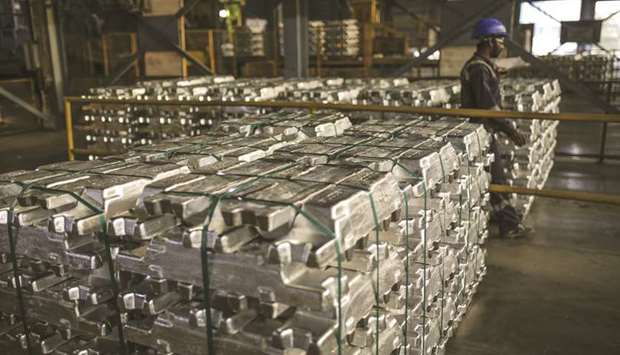Favourable base effect as well as a rise in manufacturing on the back of the festive season demand expanded India’s November factory output by 1.8%.
This is the first time since August 2019 that the macro-economic factory production gauge – the Index of Industrial Production – has shown a rise.
The index had reported a fall of 3.9% in October, 4.3% in September and 1.4% in August.
On a year-on-year basis, the growth rate of factory output during the month under review also surpassed the 0.2% recorded during November 2018.
“The Quick Estimates of Index of Industrial Production (IIP) with base 2011-12 for the month of November 2019 stands at 128.4, which is 1.8% higher as compared to the level in the month of November 2018,” the Ministry of Statistics and Programme Implementation said.
“The cumulative growth for the period April-November 2019 over the corresponding period of the previous year stands at 0.6%.”
As per the data, the output rate of the manufacturing sector rose by 1.7% in November from a year-on-year (YoY) rise of 2.7%.
Similarly, the output of other notable sector such as mining activity increased by 2.7% from a YoY fall of 0.7%, whereas the sub-index of electricity generation was lower by 5% from a rise of 5.1%.
“As anticipated, a favourable base effect led to the IIP posting a turnaround to a mild growth in November 2019, although the pace of the same trailed our expectations,” said ICRA’s Principal Economist Aditi Nayar.
“Disaggregated data provides mixed cues, with five of the six use-based categories, except intermediate goods, posting a sequentially improved performance in November 2019, even as four of the categories continued to report an unenthusing YoY contraction in that month.”
Rajat Bahl, chief analytical officer and head financial institutions, Brickwork Ratings, said: “This recoup in growth is partly attributed to festive demand as most of the manufacturing products like textiles, wearing apparel, etc, witnessed a spike in production growth.”
“To sustain the recovery in the manufacturing sector, production in other major manufacturing products also needs to pick up.”
Among the six use-based classification groups, the output of primary goods, which has the highest weightage of 34.04, fell by 0.3%. The output of intermediate goods, which has the second highest weightage, zoomed 17.1%.
While consumer non-durables output grew by 2%, whereas the consumer durables declined 1.5%.
Output of infrastructure or construction goods decreased by 3.5%, similarly, capital goods’ production receded by 8.6%. In terms of industries, 13 out of the 23 industry groups in the manufacturing sector have shown positive growth during the month under review as compared to the corresponding period of the previous year.
“Minor recovery in the IIP is a function of a favourable base effect, which will continue to benefit until the end of the financial year,” said Karan Mehrishi, Lead Economist at Acuite Ratings & Research.
“On these lines, manufacturing, which was contracting continuously for the previous three months has received a fillip from the contraction in November 2018 (base year). Segments without such benefit have maintained their negative outlook, baring consumer non-durables (use based).”

Aluminium ingots sit in the cast house unit of the Vedanta Ltd in Jharuguda district, Odisha. The Quick Estimates of India’s Index of Industrial Production with base 2011-12 for the month of November 2019 stands at 128.4, which is 1.8% higher as compared to the level in the month of November 2018, the Ministry of Statistics and Programme Implementation said.
